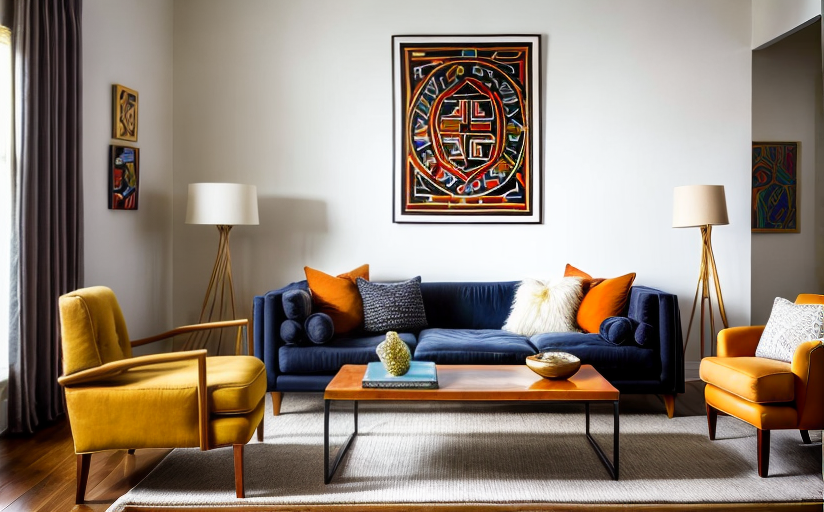Indigenous Influence on Contemporary Design Trends
Indigenous art has had significant and unique influence on modern design aesthetics, evident in several fields such as graphic design, fashion, interior design, and architecture.
Indigenous Art in Contemporary Design
The traditional art forms of indigenous tribes globally have not only influenced but have also been adopted into modern design trends. Their intricate patterns, vibrant colours and unique conceptual approaches have led to a captivating blend of traditional and contemporary concepts that are visually unique and culturally rich.
Incorporation in Graphic Design
Graphic design has seen an influx of indigenous influences in recent years. Designers have found inspiration in the symbolic, complex designs native to indigenous cultures, using them to create captivating visual content that not only looks unique but also tells a compelling story rooted in age-old traditions and philosophies.
Impact on Fashion Industry
The fashion industry has likewise embraced indigenous designs, creating pieces that blend modern fashion trends with distinct indigenous motifs. From tribal prints on the runway to accessories inspired by indigenous craftsmanship, the fashion industry continues to draw from the rich tapestry of indigenous art.
Interior Design and Architecture
Indigenous influence is also noticeable in the realms of interior design and architecture. Traditionally inspired patterns and finishes breathe life into spaces, while indigenous architectural traditions inspire building concepts and designs that focus on sustainable and harmonious living with nature.
Cultural Appropriation Issues
While the influence of indigenous art adds richness and diversity to contemporary design, it also raises issues of cultural appropriation. It's crucial to ensure the respectful use of indigenous art forms, crediting original cultures and understanding their cultural significance. These cultural elements should be used in a manner that honours the indigenous cultures and tribes they originate from, rather than merely exploiting them for design trends.
Avoiding Cultural Appropriation
To avoid cultural appropriation in design, it is essential to understand and respect the story, tradition, and spiritual beliefs behind each element of indigenous art being used. Additionally, collaboration or consultation with indigenous artists may also help in adopting their art in a more respectful, informed, and authentic way.
Conclusion
Indigenous art forms have undoubtedly shaped contemporary design trends over the years, contributing to vibrant, multicultural aesthetics seen today. Despite the beautiful blending of cultures in design, it remains integral to respect and honour the origins of these indigenous art forms and their cultural significance.



















Comments
Leave a Comment